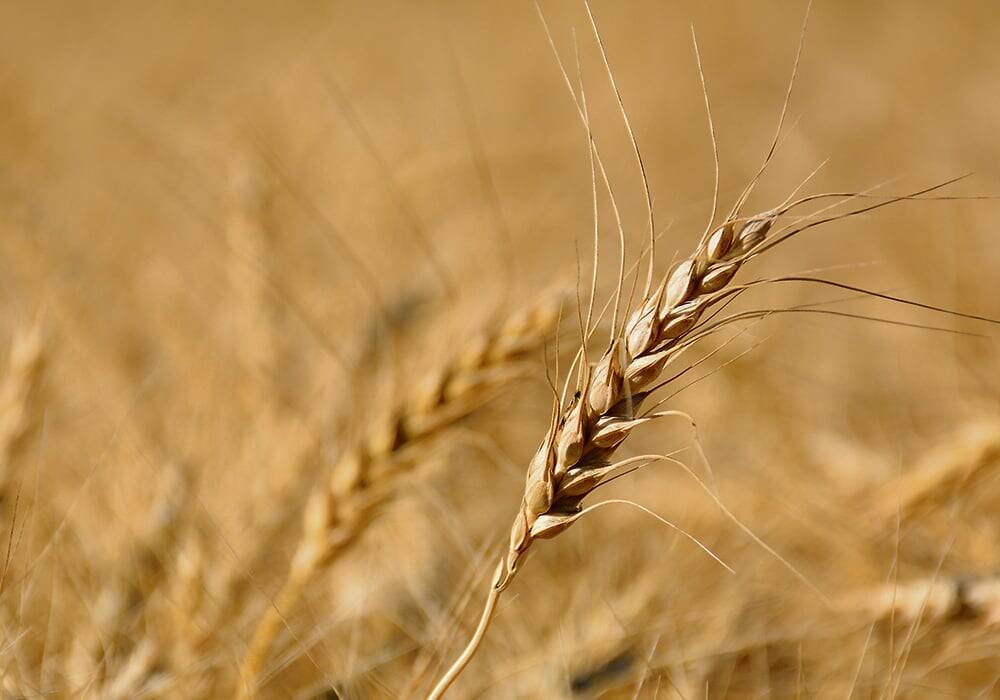MarketsFarm — Farmers in India are in the process of planting their next pulse crops, with good monsoon rains and high prices setting the stage for solid production.
India has two major growing seasons, kharif and rabi, with the major pulses grown in the rabi season. Planting for rabi crops typically begins in November, after the June-September monsoon come to an end, with the harvest in the spring.
Rains during the 2021 southwest monsoon came in at just one per cent below normal, at 874.6 mm, according to data from the India Meteorological Department. Rains persisted into October, with levels over the past month above average for the time of year. That late rainfall has caused seeding delays, according to reports out of India, but will be beneficial for crops in the long run.
Read Also

Prairie CWRS bids rise, other wheats mixed
Canada Western Red Spring (CWRS) wheat bids across the Prairie provinces saw some strength during the week ended Nov. 11, taking some direction from the United States futures. However, other wheat classes were mixed.
As of Friday, farmers in India have seeded 5.51 million hectares (13.6 million acres) to pulse crops, which would account for about 38 per cent of average area seeded to pulses, according to a report from India’s Department of Agriculture and Farmers Welfare. The planting pace is about 400,000 hectares behind what was seeded by this time in 2020.
Of the total, chickpeas (called gram or channa in India) account for the largest acreage base, followed by lentils.
Farmers in India are also dealing with high fertilizer costs this year. While the government has made arrangements to ensure supplies, the fact that pulse crops do not need added fertilizer may influence some planting decisions.
From a profitability perspective, minimum support prices (MSP) are set by the Indian government to provide a base price for growers. In 2021, India has raised the minimum support price for chickpeas by 2.5 per cent on the year, with red lentils up 7.8 per cent.
India imported 991,000 tonnes of Canadian lentils in 2020, and have imported 392,000 tonnes through September of the current calendar year, according to Statistics Canada data.
India’s purchases of Canadian pulses can vary wildly, depending on its own production and domestic import policies. As an example, Indian imports of Canadian peas to date in 2021, at only 6,700 tonnes, are well down from business that routinely topped a million tonnes in the previous decade.
— Phil Franz-Warkentin reports for MarketsFarm from Winnipeg.















